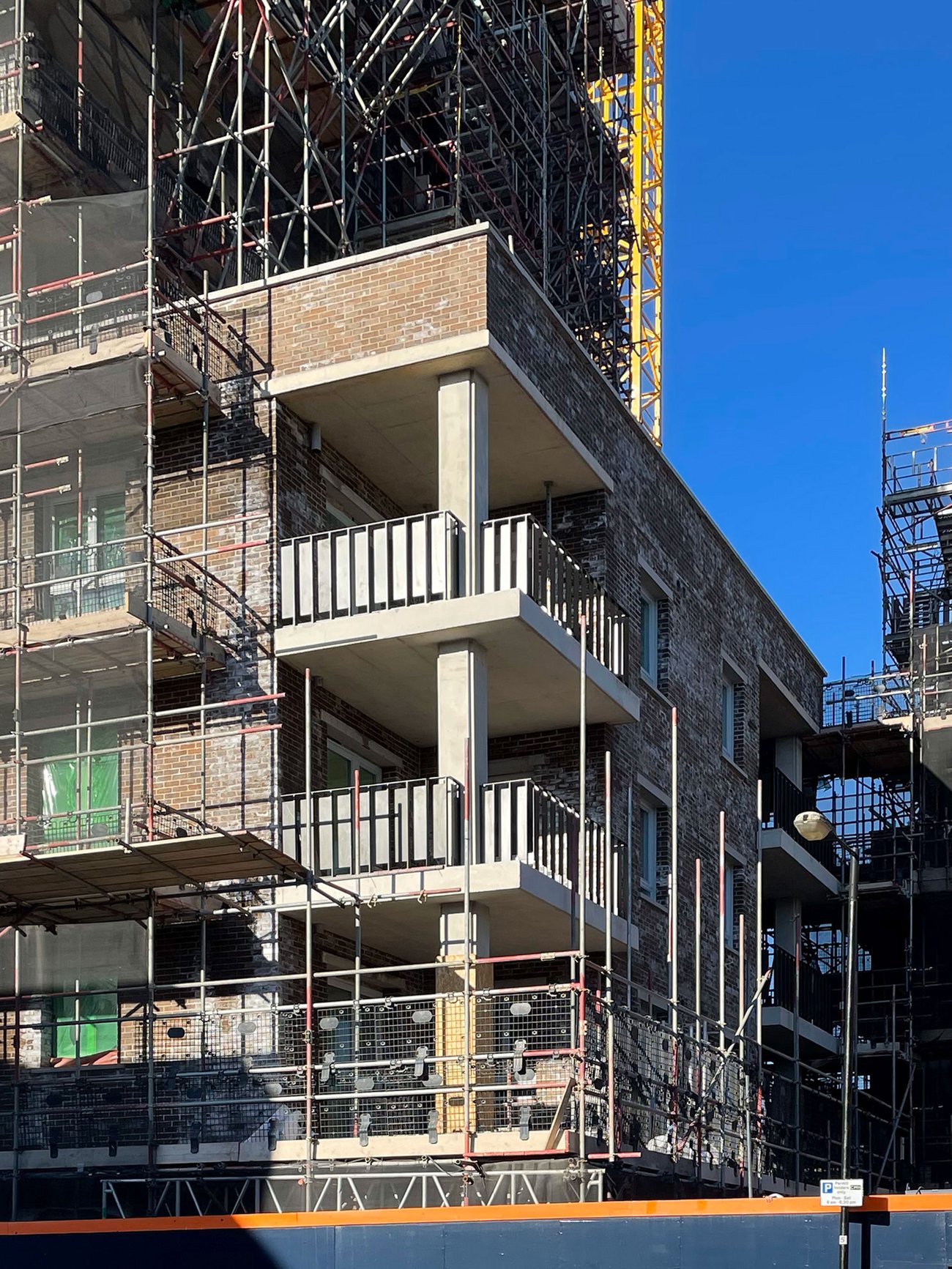Discover how unprecedented growth in residential construction is reshaping Britain’s skyline and creating lucrative opportunities for investors and developers alike.
The UK’s residential construction sector is witnessing a remarkable transformation in 2024, with unprecedented growth driving innovation and creating new opportunities across the industry. Recent data shows a 15% increase in housing starts compared to the previous year, marking a significant milestone in the sector’s recovery and expansion.
Current State of UK Residential Construction
The residential construction landscape in 2024 presents a compelling picture of growth and resilience. The sector has demonstrated remarkable adaptability, with total housing completions reaching 203,000 units in the past year, marking a significant step towards meeting the government’s ambitious housing targets. This surge in activity has been particularly notable in urban regeneration zones and suburban developments, where innovative approaches to land utilisation and planning have opened up new possibilities for residential construction.
Market Growth Indicators
- Housing Starts: Up 15% year-on-year, with particularly strong growth in the South East and Midlands
- Planning Permissions: Increased by 22% nationwide, with a focus on sustainable developments
- Completion Rates: Improved efficiency has led to a 12% reduction in average build times
- Investment Volume: £45 billion invested in residential construction projects in 2023
- Employment Growth: 8% increase in construction sector employment
Regional Hotspots
The distribution of residential construction activity across the UK shows distinct patterns of regional growth. Manchester leads the Northern powerhouse with a 25% increase in residential development, while Birmingham’s regeneration projects have catalysed a surge in housing starts. London’s outer boroughs continue to see significant activity, with areas like Croydon and Barking witnessing substantial development pipelines.
Key Drivers of the Construction Boom
Housing Demand and Demographics
The surge in residential construction is fundamentally driven by shifting demographic patterns and evolving housing needs. The UK’s population is projected to grow by 2.1 million over the next decade, creating sustained demand for new housing. Additionally, changing household compositions, including an increase in single-person households and multi-generational living arrangements, are influencing the types of residential properties being constructed.
Government Initiatives and Policy Support
- Help to Build Scheme: £150 million government backing for self-builders
- First Homes Initiative: 30% discount for first-time buyers on new-build properties
- Planning Reform: Streamlined approval processes for residential developments
- Green Homes Grant: Enhanced funding for energy-efficient construction
- Infrastructure Investment: £10 billion commitment to supporting residential growth areas
Investment Landscape
The UK residential construction sector has attracted significant investment interest, with foreign direct investment reaching £12.5 billion in 2023. Institutional investors are particularly active in the build-to-rent sector, while private equity firms are backing large-scale residential developments. This robust investment environment has enabled developers to pursue more ambitious projects and adopt innovative construction methods.
Emerging Trends Shaping Residential Construction
Sustainable Building Practices
Sustainability has moved from being a desirable feature to a fundamental requirement in residential construction. The industry has seen a 40% increase in BREEAM-certified residential projects, with developers incorporating features such as solar panels, ground-source heat pumps, and advanced insulation materials. This shift is driven by both regulatory requirements and growing consumer demand for energy-efficient homes.
Modern Methods of Construction
- Modular Construction: 30% faster build times and reduced waste
- 3D Printing Technology: Emerging applications in residential construction
- Digital Twin Technology: Enhanced project planning and management
- Automated Construction Systems: Improved efficiency and safety
- Smart Home Integration: Built-in technology infrastructure
Challenges and Opportunities
Industry Constraints
Despite the boom, the sector faces significant challenges. Material costs have increased by 15% over the past year, while skilled labour shortages continue to impact project timelines. Supply chain disruptions remain a concern, with 35% of projects reporting delays due to material availability issues. However, these challenges have sparked innovation in procurement strategies and workforce development initiatives.
Growth Opportunities
- Urban Regeneration: Brownfield site development potential
- Sustainable Housing: Growing market for eco-friendly homes
- Build-to-Rent: Expanding institutional investment sector
- Mixed-Use Developments: Integration of residential and commercial spaces
- Smart Home Technology: Enhanced property value through technology integration
Future Outlook and Implications
Market Projections
The outlook for UK residential construction remains positive, with projections indicating sustained growth of 8-10% annually through 2026. This growth will be supported by continued population expansion, government housing initiatives, and technological advancement in construction methods. The sector is expected to deliver an additional 1 million homes by 2028, representing a significant opportunity for developers and investors.
Strategic Considerations
Success in this booming market requires strategic positioning and adaptation to emerging trends. Developers should focus on sustainability credentials, embrace modern construction methods, and maintain flexibility in project planning. Investment in digital technologies and workforce development will be crucial for maintaining competitive advantage in an increasingly sophisticated market.
FAQ
What are the three types of residential construction?
What are the 3 Types of Residential Construction? According to Workyard, there are three sub-types of residential construction: 1) residential family home, 2) multi-unit residential building, and 3) custom-built home.
What does non-residential construction mean?
Non-residential buildings refer to structures that serve purposes other than housing, including commercial, educational, service, and industrial functions.
Sources
[1] https://www.joist.com/blog/residential-construction/
[2] https://safetyculture.com/topics/residential-construction/
[3] https://en.wikipedia.org/wiki/Home_construction


Leave a Reply